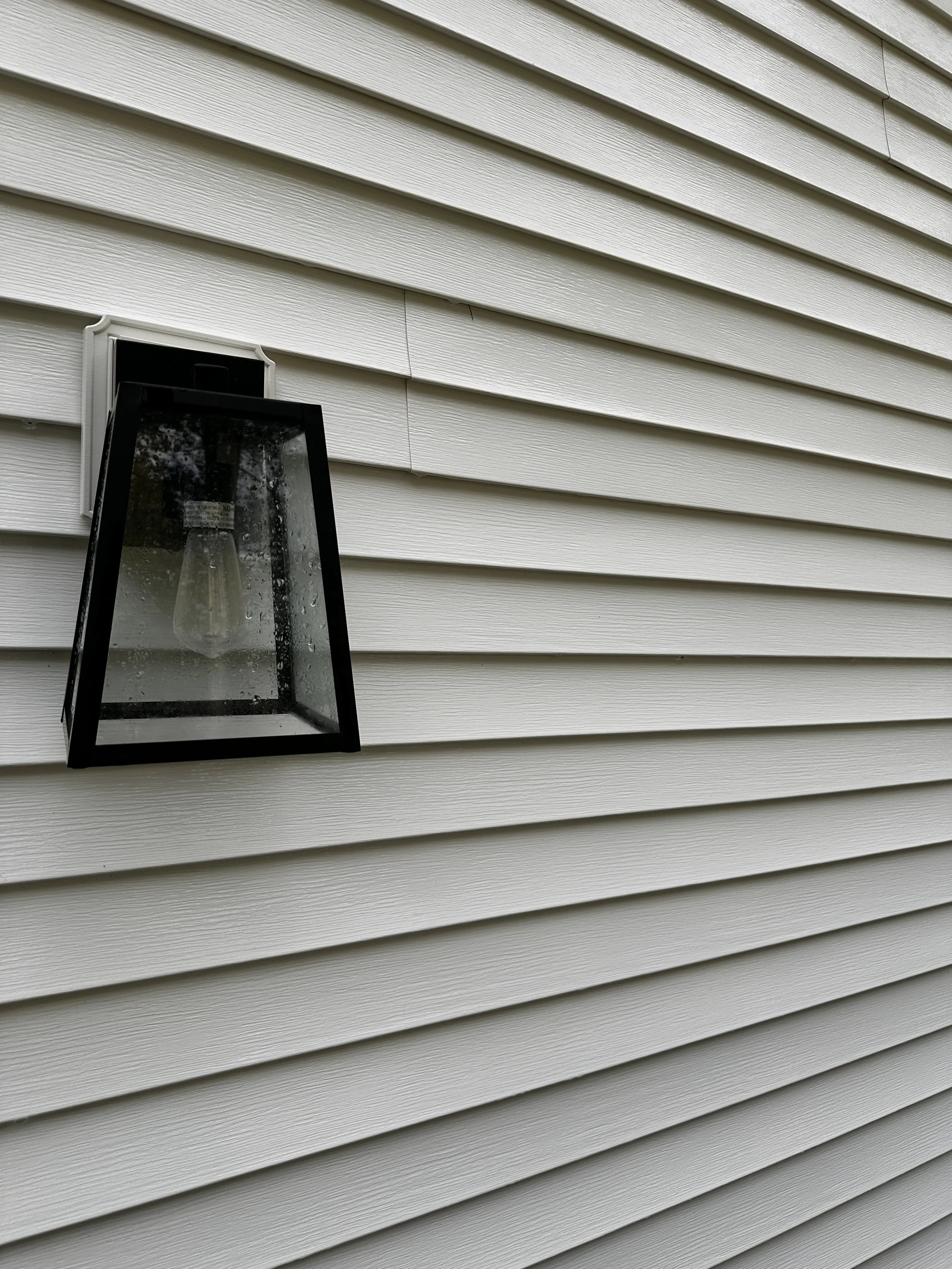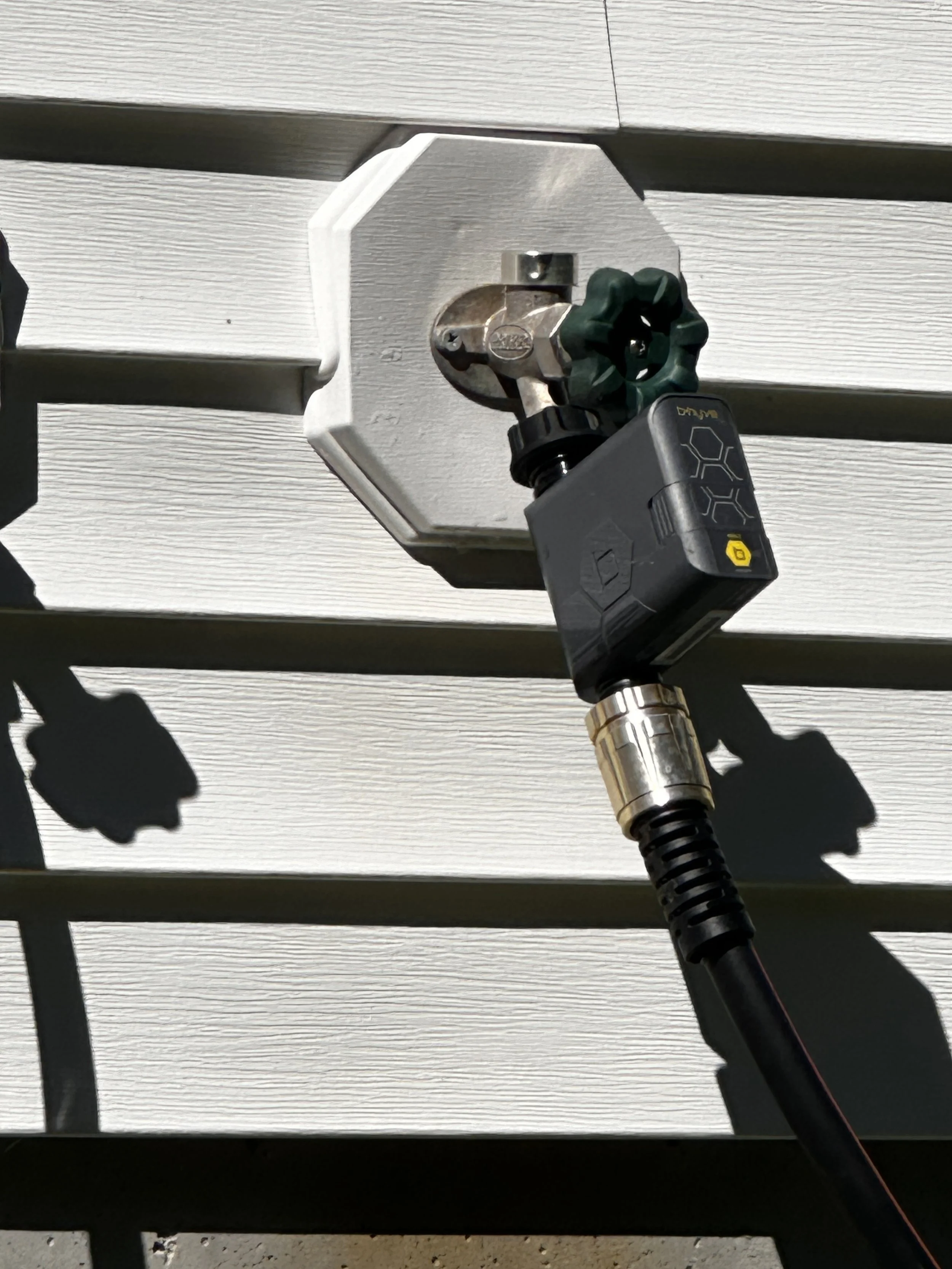The Secret to Removing Rust Stains? This ‘Magnetic’ Liquid Cleaner
Rust Stains: Why They Stick Around (and Why Scrubbing Won’t Help)
If you’ve ever tried to clean rust stains off your siding, patio, or concrete walkway, you already know: they don’t scrub off like regular dirt. That’s because rust stains aren’t just sitting on the surface — they’re made up of iron particles that soak into the pores of your siding or concrete.
The only way to truly remove rust is to break the bond between the stain and the surface itself — and that’s exactly where a simple cleaning agent called oxalic acid comes in.
Despite the intimidating name, oxalic acid is actually much gentler than you’d expect. It’s found naturally in plants like rhubarb and spinach, and it’s far less aggressive than a lot of heavy-duty degreasers or industrial cleaners. But don’t let its mild nature fool you — when it comes to rust, it has a very specific superpower.
The Science Behind ‘Magnetic Cleaning’
Rust stains are made of positively charged iron ions, which bond tightly to the surface. Oxalic acid, when applied, releases negatively charged oxalate ions. And just like with magnets, opposites attract — the oxalate ions grab onto the iron particles in the rust stain and pull them out of the surface.
This reaction happens deep in the pores of the surface, reaching stains that scrubbing could never touch. It’s all about using the right chemistry instead of brute force.
What Happens After the Reaction
Once the oxalic acid breaks the bond and pulls the rust into the cleaning solution, all that’s left to do is rinse it away — leaving behind a clean surface, no aggressive scrubbing needed. This is why pros rely on targeted chemistry for rust removal, not just pressure.
Why It Works (and Why Most DIY Methods Don’t)
Rust isn’t just dirt — it’s a chemical bond between iron and your surface. Unless you break that bond, no amount of pressure or elbow grease will make a real difference. That’s why professional rust removal isn’t about how strong your machine is — it’s about knowing what makes rust tick and using the right chemistry to unlock it.
Smarter Chemistry = Safer Surfaces
Even though it’s an acid, oxalic acid is far less aggressive than the name suggests. It’s selected for rust removal because it’s gentle on surfaces, even delicate siding or historic materials. In other words, it’s a specialist tool, chosen not for brute strength, but for precision.
The Science Makes It Satisfying
If you’ve never seen rust removal done right, it almost looks like a magic trick. One moment there’s a stubborn stain, the next it’s fading away right in front of you — just from a light spray and a rinse. But it’s not magic — it’s good chemistry and a little know-how.
Want to See It Happen on Your Property?
At 3 Little Birds Exterior Cleaning, we’ve handled rust stains on everything from residential siding to commercial walkways, equipment yards, and more. It’s just one of the many surface-specific cleaning techniques we use to clean smarter, protect better, and deliver real results.
If rust stains are bringing down your property’s appearance, we’re happy to help — but even if you’re just here to learn something new, now you know: sometimes, the best cleaning tricks aren’t about pressure or power — they’re about understanding what’s holding the stain in place, and how to break that grip safely.
Learn more or book your service today.




